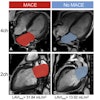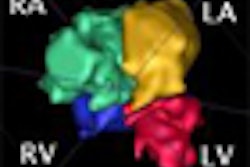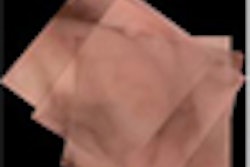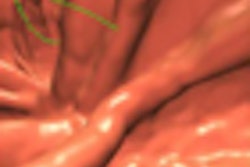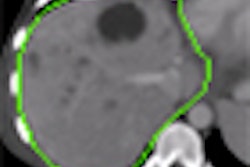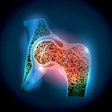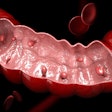Friday, December 4 | 11:10 a.m.-11:20 a.m. | SST01-05 | Room E451A
In this Friday morning scientific session presentation, computer-aided detection (CAD) researcher Dr. Fiona Gilbert will present the results of a cost-effectiveness analysis of mammography CAD in the U.K.Following up on the Computer-Aided Detection Evaluation Trial II (CADET II) published in 2008 in the New England Journal of Medicine, the researchers performed a cost-effectiveness analysis to determine if CAD should be introduced into the U.K. breast screening program, said Gilbert, of the University of Aberdeen in Scotland.
Data on recall and detection rates were taken from the CADET II trial. The researchers found that the introduction of single reading with CAD would lead to cost savings of $4,759 per 1,000 women screened in high-volume units and $4,163 per 1,000 women screened in low-volume units.
"It looks as though once the U.K. moves to digital mammography that [CAD] will be cost-effective, especially for medium- and large-volume units," she said.



